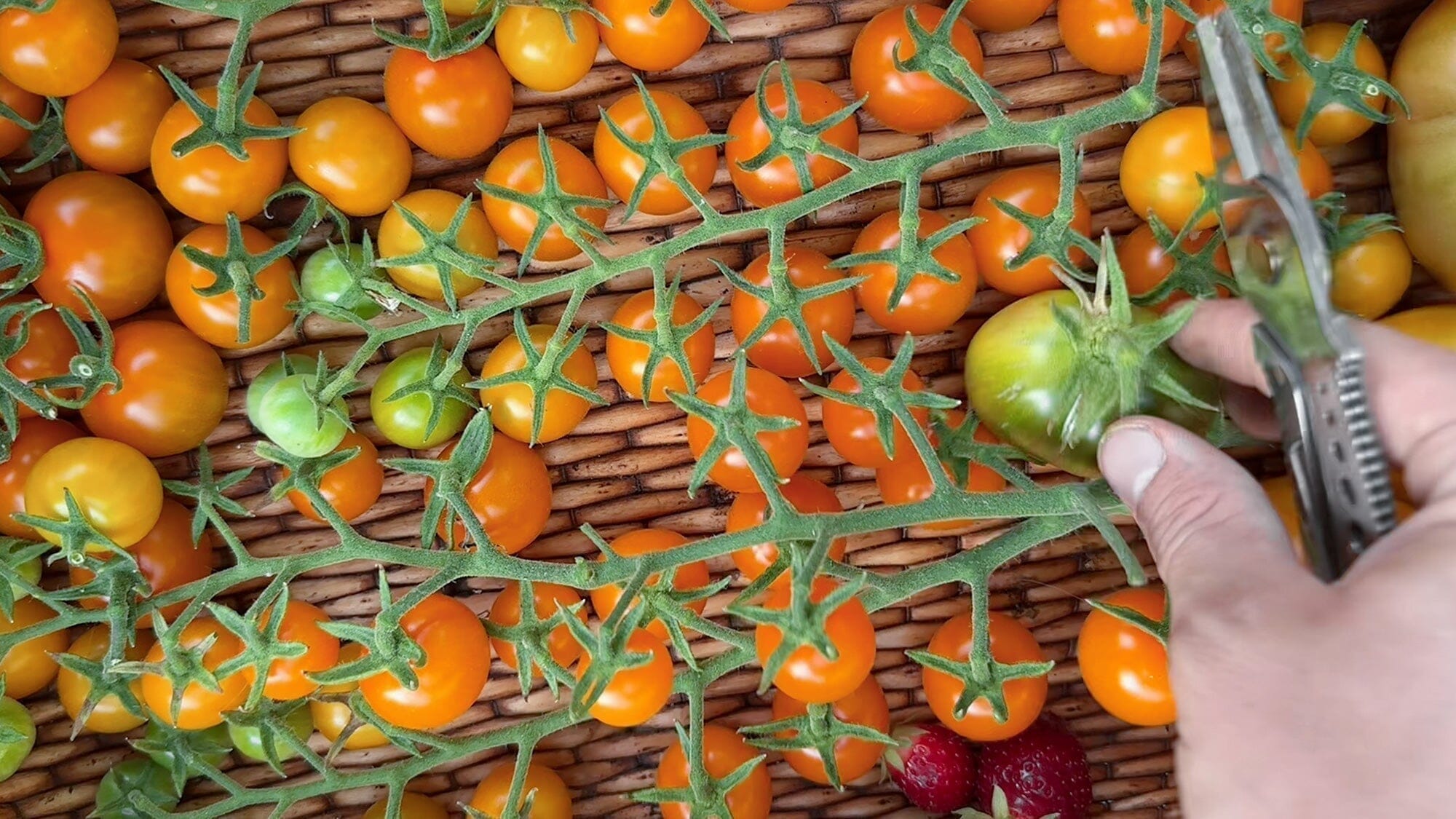Story by Gloria Goñi, Photos by Gloria Goñi
Alayna Rasile Digrindakis is a textile artist, apparel designer, and educator living in Livingston, Montana. She was kind enough to invite us to her cabin in rural Montana for a day of open-fire natural dyeing. Below she shares a bit about her craft and how to level up your table scapes using natural dye methods.

Q&A with Alayna Rasile Digrindakis
Barebones: How did you discover natural dye? What is your favorite part about this process?
Alayna: Almost a decade ago, I lived in New York City, and during a year-long residency at the Textile Arts Center, I was introduced to natural dye by passionate practitioners. Their enthusiasm for the process encouraged my exploration of different materials and techniques. Natural dying is a constant practice of curiosity; it has changed how I observe the world by making me hyper-focused on both the origin of colors and the color-making potential of plants.
Barebones: What materials do you use to dye, and what sorts of items do you dye?
Alayna: I grow many flowers every summer that I use fresh and preserve for use year-round. Coreopsis, chamomile, and cosmos are some of the easiest to use and most prolific to grow. I also do a lot of foraging. I always have my eyes peeled for dye material while walking down streets or hiking in the woods. There are so many things that produce amazing colors that you can find in urban settings, things like black walnuts or sumac berries and leaves. I have a small line of apparel called Absorka, where I make one-of-a-kind or small runs of naturally dyed garments.
Barebones: How can someone use this process to "level up" their homes and surroundings?
Alayna: A great thing about natural dyes is they can be very safe to use and dispose of, especially compared to conventional dyes. Anything you have that is 100% natural fiber (cotton, linen, wool, silk, etc.) can easily be dyed. It's an awesome process for reviving clothing, table, or bed linens that are stained or could use a refresh of color.
Barebones: Would you mind sharing a beginner-friendly natural dying project for someone inspired to try?
Alayna: Some of the most beginner-friendly dye materials are also some of the most satisfying! Onion skins and avocado peels are things you can stockpile over time, separating out from your kitchen waste. Simply get a big stockpot of water boiling, add onion skins, and let them cook for 20 minutes to extract the color, strain it and add in some fabric. A general rule is the longer you wait, the better the color will become - so if you can be patient enough to let it sit in the dye overnight, you will get a deep mustard yellow color. You can also look for other natural dyeing inspo on my website or instagram.
It was an absolute treat to join Alayna as she used onion skins and dried flowers to create a beautiful mustard yellow tablecloth and colorful textured napkins. She hung them up to dry, and later we enjoyed a delicious meal enhanced by those handmade table linens. Not only are the Barebones grills, enamel stock pots, and wooden spoons the perfect tools for natural dyeing, those dyed linens are the perfect touch to enhance your next dinner party tablescape.








